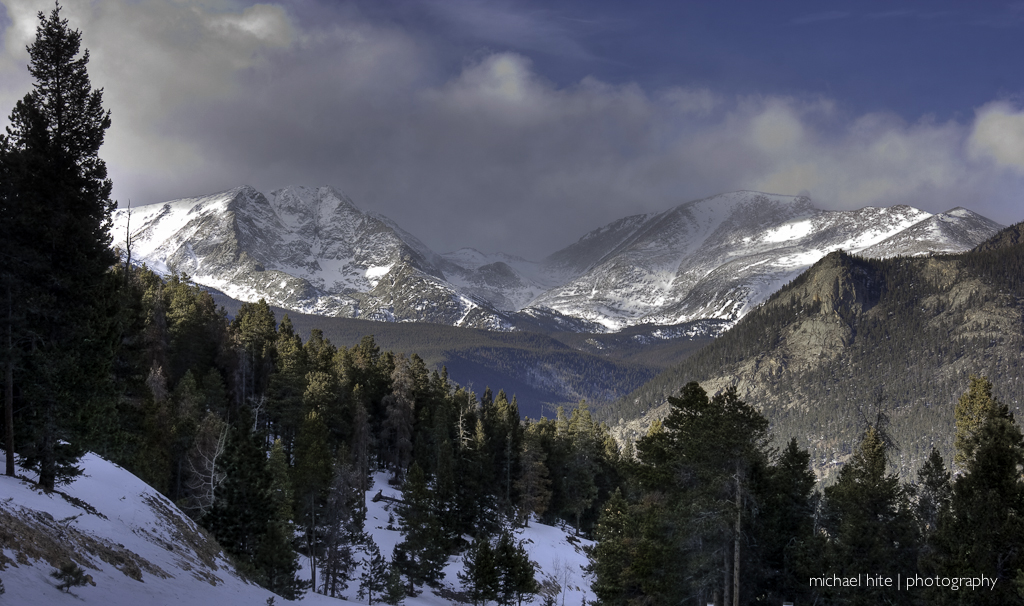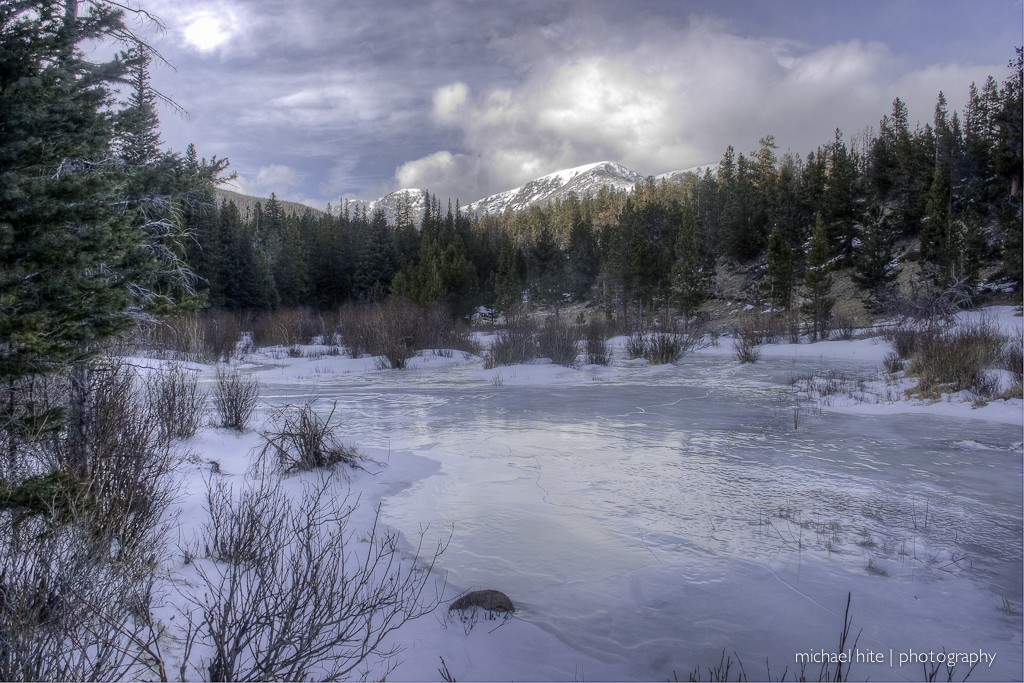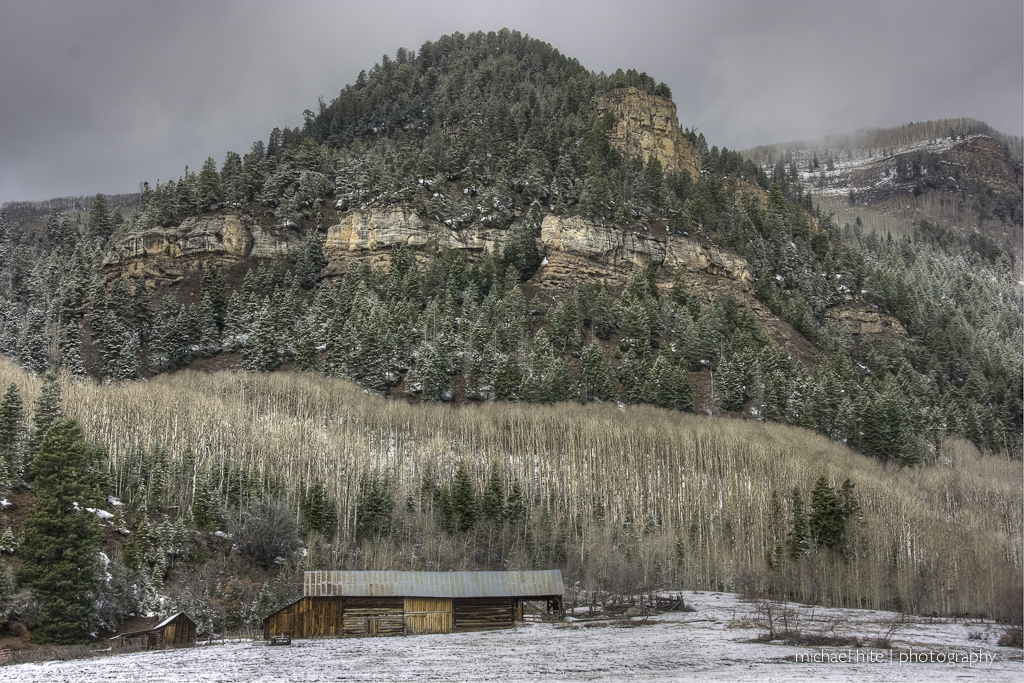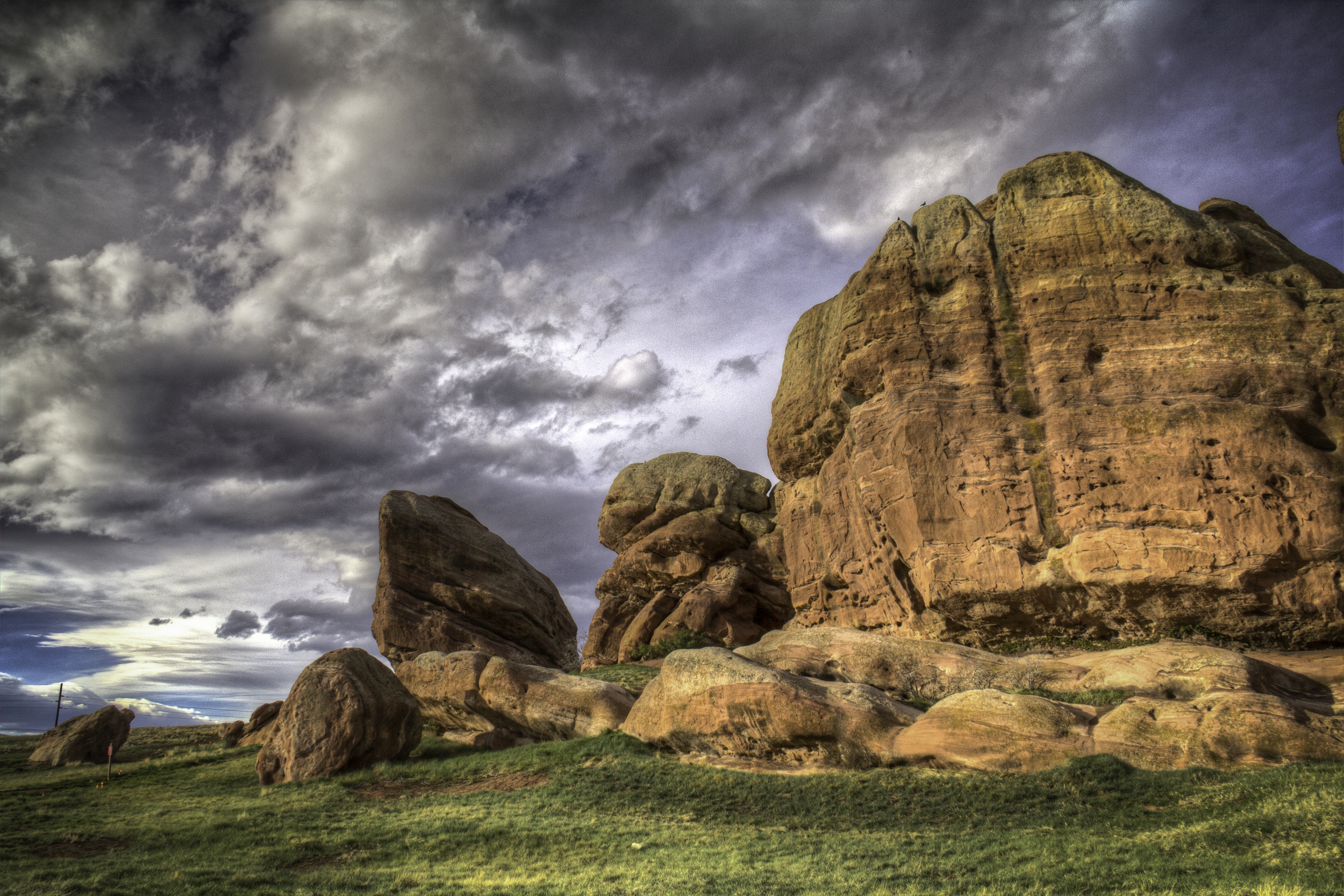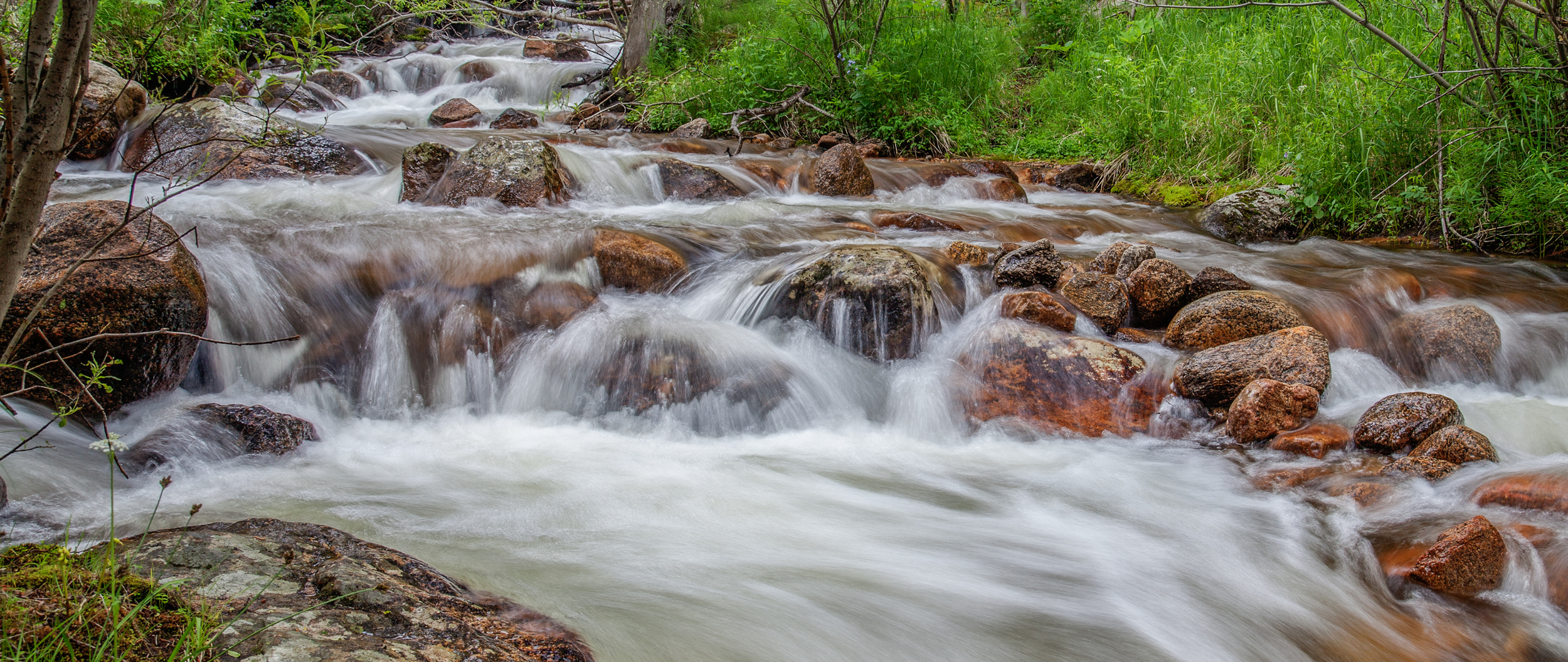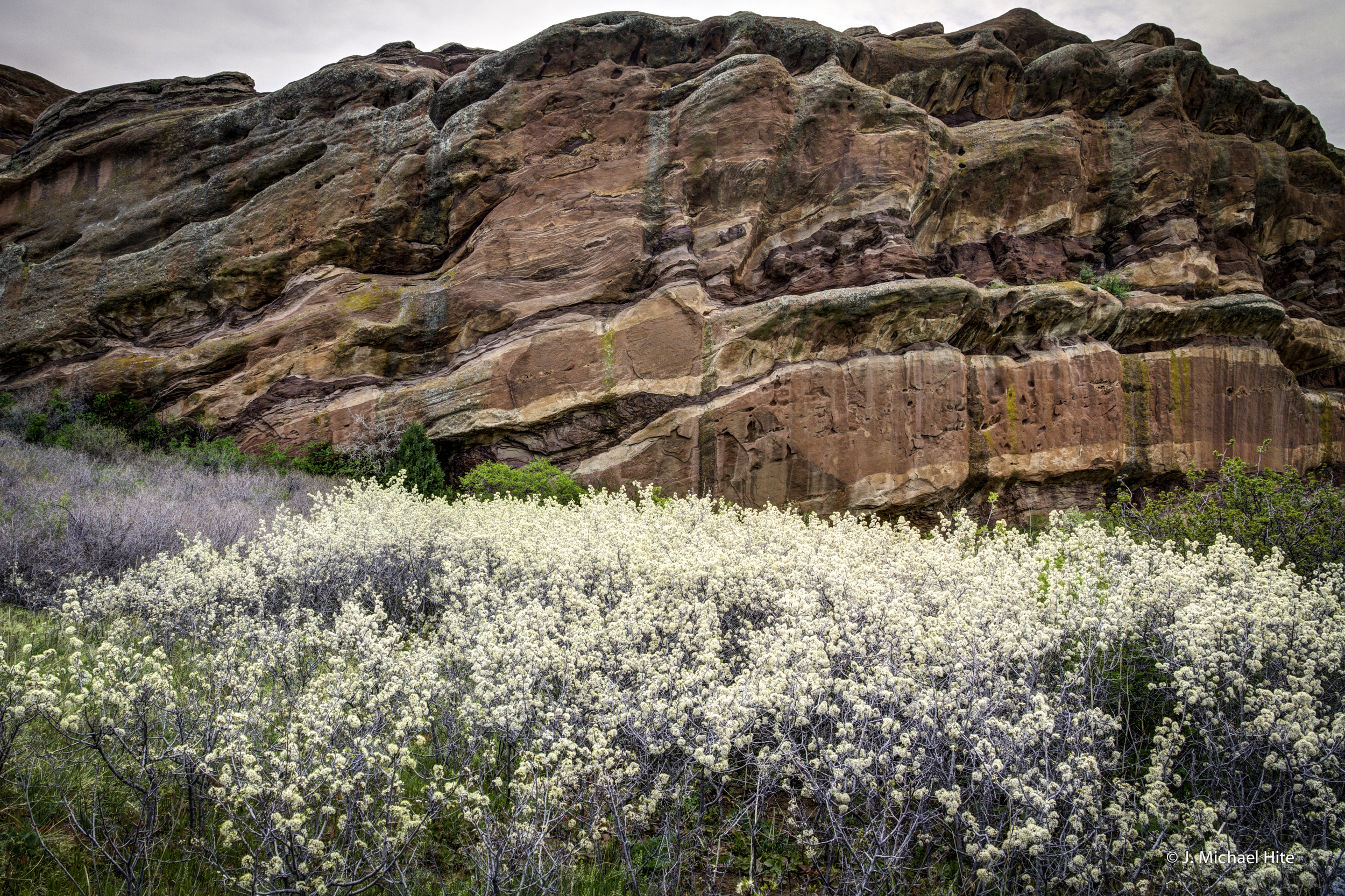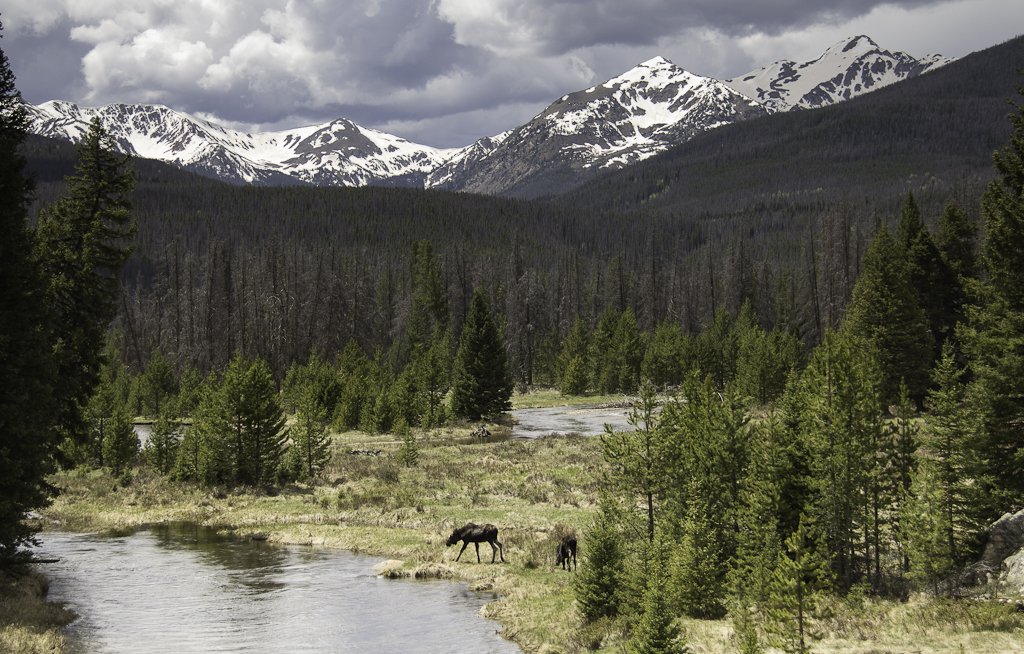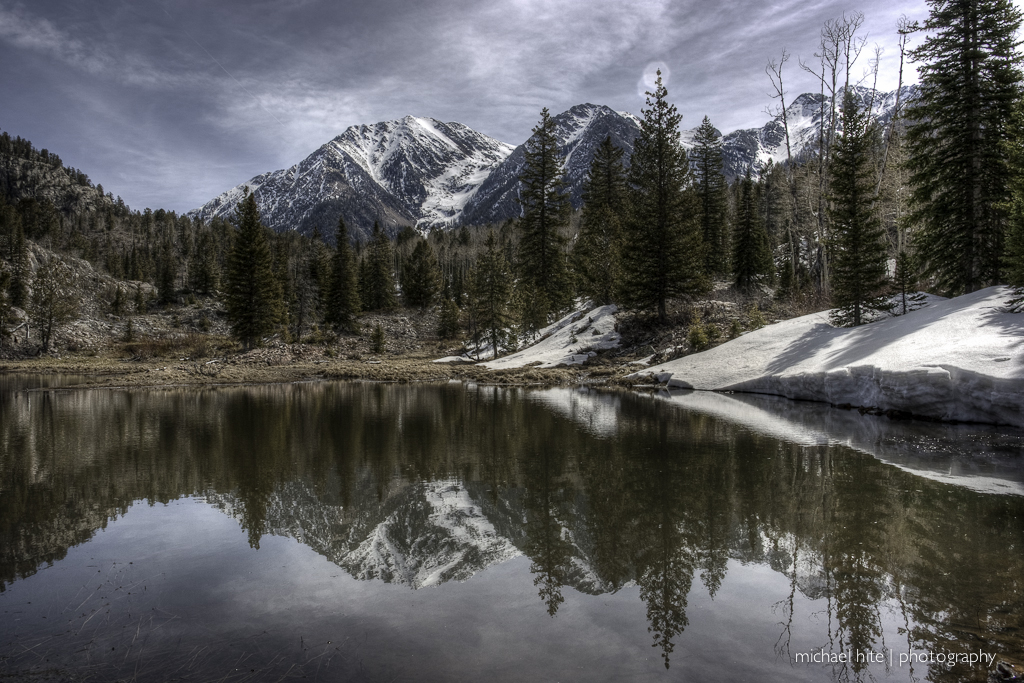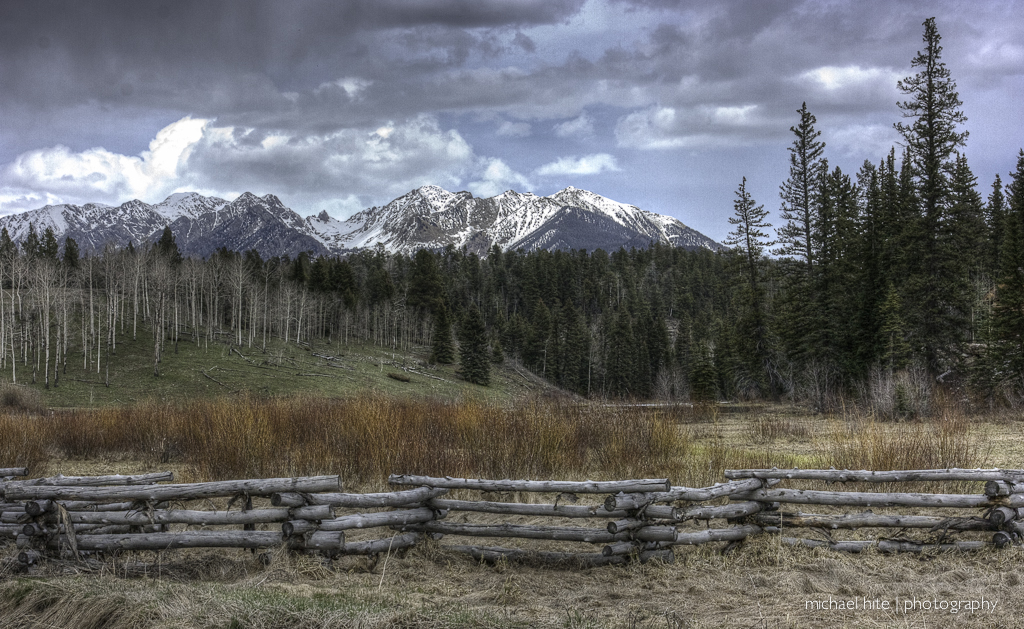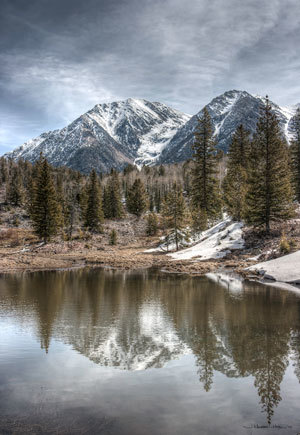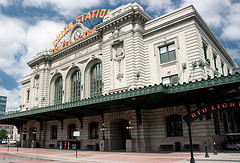Study in the Beauty of God's Creation
Living in beautiful Colorado is one of the many fringe benefits of choosing Bear Valley as your place of training. The Colorado Rockies offer some of the finest outdoor recreation in the world. The ski slopes are only an hour's drive away from school on Interstate 70. An excursion southward to Pikes Peak and its breathtaking panorama is only slightly farther. Hunters and fishermen have opportunities to hunt deer, elk, antelope, small game, and to catch several kinds of hard-fighting mountain trout. The mountains are filled with historic mining towns with interesting places to see and fun things to do.
Big city features with a small city feel...
Denver offers many of the features and attractions you would find in bigger cities, but with a smaller city feel. For the sports fans, Invesco Field at Mile High is only minutes from Bear Valley providing football fans with the excitement of the Denver Broncos. Professional basketball is right across the street from the stadium in the Pepsi Center where the Denver Nuggets battle the finest NBA teams. The professional baseball team, The Colorado Rockies, will round out the most avid sports fan’s year. Last but not least, the Avalanche hockey team can be seen in the Pepsi Center. Denver provides many cultural experiences including the Denver Museum of Natural History, the theatre, the Denver Zoo, and the Denver Museum of Art. The city abounds with fine restaurants. The list could go on. In short, students who train at BV can provide themselves and their families with many cultural and recreational advantages which cannot be equaled in any other location!
A Description of Denver
Denver is a clean, young and green city with over 200 parks and dozens of tree-lined boulevards. The architecture reflects the city's three boom periods: Victorian, when silver was discovered in Leadville; turn-of-the-century, when gold was discovered in Cripple Creek; and contemporary, when the energy boom added 16 skyscrapers to the downtown skyline in a three year period, 1980-1983.
Union Station DowntownUnlike some Western cities, Denver has a central downtown area. Here, within easy walking distance, are 5,200 hotel rooms, the city's convention complex, performing arts complex, and a wide variety of shops, department stores, and restaurants. Also within easy walking distance are some of the city's top attractions including the U.S. Mint, Denver Art Museum and Colorado History Museum. A mile-long pedestrian mall cuts through the heart of downtown Denver and is surrounded by a series of parks and plazas that soften the towering skyscrapers and provide viewpoints from which to see and appreciate the modern architecture.
Lower Downtown (called "LoDo" by locals) is on the northern edge of downtown Denver and offers one of the nation's greatest concentrations of Victorian buildings and warehouses, many of which have been refurbished to house restaurants, art galleries, offices and shops.
In May of 1995, Six Flags Elitch Gardens moved to downtown Denver with a year-round amusement park similar to Copenhagen's Tivoli Gardens offering 48 thrill rides, formal gardens, restaurants and shops.
Denver's Climate
Nothing about Denver is more misunderstood than the city's climate. Located just east of a high mountain barrier and a long distance from any moisture source, Denver has a mild, dry and arid climate. The city receives only 8-15 inches (20.3 - 38 cm) of precipitation a year (about the same as Los Angeles), and records 300 days of sunshine a year -- more annual hours of sun than San Diego or Miami Beach.
Winters are mild with an average daily high of 45 degrees Fahrenheit, 7 degrees Celsius in February, warmer than New York, Boston, Chicago or St. Louis. Snow does fall, but it usually melts in a short time. Golf courses remain open all year and have been played on as many as 30 days in January. Chinook winds (a wind blowing down from a mountain that gains heat as it loses elevation) can bring 60 degree F (16 degrees C) weather to Denver at any time throughout the winter.
In summer, dry relative humidity makes Denver feel cool and comfortable, offering natural air conditioning. Fall is a particularly delightful time to visit the city and make day excursions to the mountains to view the colorful changing of the aspens, an event that takes place from mid-September until mid-October.
Denver's Population
Denver has more than doubled in population since 1960. The City & County of Denver has a population of 510,000 making it larger than the entire population of Wyoming (which has 480,000 people). The six-county metro area has a population of 2.3 million. Denver's population has increased by 23% since 1990. Denver is the 20th largest metro area in America, and has the 10th largest downtown area. Metro Denver has a minority population of 20.6% with 5.3% Black; 12.2% Hispanic; 2.3% Asian; and 0.8% Native American. The median age is 32.9 slightly below the U.S. median of 33.2. All of Colorado is experiencing a population boom with over 700,000 people moving to the state in the last decade.
Douglas County was the fastest growing county in the U.S. in 1996 and 1997.
Highest Educated City: Denver is the most educated city in the U.S. Denver has the greatest percentage of high school and college graduates of any major metropolitan area in the U.S.; 92.1% of the population in the metro area have high school diplomas and 35% have at least a bachelor’s degree, according to the U.S. Census. The national average is 81.7% for high school diplomas and 23% with a college degree.
Baby Boomer Capital: Denver also is the nation’s baby boomer capital, with the highest percentage of boomers of any major city, according to the 1998 U.S. Census. One third of the city is between age 35 and 54. Including small cities, only two had a higher percentage than Denver -- Santa Fe and Anchorage. Among major cities, percentage of boomers is: Denver 32.8%; Seattle 31.5%; Atlanta 31.4%; Washington 31.4%; Portland OR 31.4%; San Francisco 30.8%.
Thin City: Denver is also the "thinnest" city in America, and Colorado is tied as the "thinnest" state with Hawaii. A federal report in late 1996 declared that half of American adults have a weight problem, but Colorado is the exception with less than 20% of Colorado adults being overweight. The active lifestyle in Denver, the great weather, the abundance of recreational opportunities and the high education level are credited for this fact. Colorado has a population of 4,016,306.
Denver's Location
Contrary to popular belief, Denver is not in the mountains; it is near them. The "Foothills" (a gentle series of peaks ranging from 7,000 to 11,000 feet high (2,133 to 3,353 meters high) start to rise 15 miles (24 kilometers) west of the city. Slightly beyond that is the Continental Divide and a series of peaks soaring to heights of 14,000 feet,(4,267 meters) known locally as the "Front Range." Denver itself is located on high, rolling plains.
Although considered "Western" in character, Denver is actually located in the center of the country, just 346 miles (557 km) west of the exact center of the continental United States. With the exception of Kansas City, Denver is closer to the exact center of the nation than any other metropolitan area. The 15th step on the west side of the State Capitol Building is exactly 5,280 feet (1,609 m) -- one mile -- above sea level.
Travel and Transportation
Aviation history was made when the $4.3 billion Denver International Airport opened on February 28, 1995. Covering 53 square miles (137 square kilometers, twice the size of Manhattan), Denver International Airport has five full-service runways and has established a landing rate of 120 planes an hour in good weather--36% higher than the good weather rate of 88 planes an hour at Denver's previous airport Stapleton International. DIA can be expanded to 11 runways capable of serving 110 million passengers a year.
Denver International Airport was designed to move your body and your mind. DIA has the largest public art program in American history with a $7.5 million budget for local and national artists to create works specifically for this unique setting. The art focuses on several themes including western life, travel, light and space.
The 1.4 million square foot main terminal building has become Denver's most distinctive architectural landmark. The roof is Teflon-coated fabric shaped into 34 different peaks, symbolizing the Rocky Mountains, which can be seen on the horizon through huge glass windows. Inside the Great Hall, there is an atrium longer than four football fields and illuminated by soft, shadowless light that filters down from the 126 foot high translucent roof.
A quarter mile of ticket counters eliminates ticketing congestion and there is more than double the concession space found at Stapleton. DIA has 48 restaurants, snack shops, bars and grills and 60 stores and shops. In 1999, DIA served 37 million passengers, the most to ever use a Denver airport in a single year. DIA is the second largest hub of United, the largest airline in the world, and United plans to greatly expand their Denver operation.

